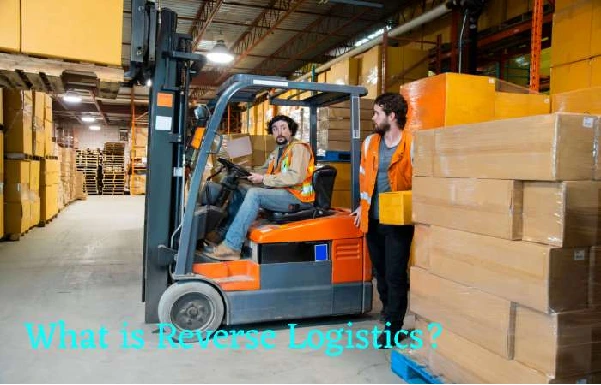Table of Contents
Introduction
Reverse logistics is working goods from the point of ingesting to the point of origin. Its goal is to maximize asset recovery and supply chain efficiency, reduce costs and improve the customer experience.
Such core functions connecting reverse logistics include waste organization, liquidation, spare parts logistics, and repair and refurbishment. It is the fastest, most cost-effective and sustainable means of disposing, recycling or reselling products that re-enter your supply chains
How to Manage Returns Successfully?
However, it wasn’t until recently that retailers began designing products with end-of-life processes in mind. In the past, the product life cycle ended when the shopper walked out the door with a purchase. Returns organization was a cost center, with little or no visibility into what products/parts were in the pipeline or what needed to be done with them.
Reverse Logistics and Sustainability

Today, companies are rethinking the procedures associated with recurring merchandise disposing and viewing their reverse logistics as a competitive advantage rather than just a cost center. Companies are looking for better control of their supply chains, and with reverse logistics, this means increasing the speed and efficiency of retrieval, inspection, testing, and disposition of returned products.
As Product Lifespans Become Increasingly Shorter
Especially in the consumer electronics industry, the speed of the reverse stock chain is paramount. That may be why many companies are rotating to knowledgeable subcontracted logistics providers to help them achieve their goals.
By sharing finished goods distribution management with return processes such as technical repair, refurbishment, and repackaging in the same facility, companies can achieve increased speed to market, visibility, and cost savings.
The Focus is Not Just on Business
Reverse logistics, which helps diminish harmful emissions and energy use, is inherently aligned with environmental sustainability.
Sustainable reverse logistics activities such as repair, refurbishment, repackaging, recycling, and collection can help mitigate impacts while increasing profitability and asset utilization.
Some companies have zero landfill goals and strive to work with a logistics partner who can provide proper recycling and disposal of returned products. A co-location strategy like the one mentioned above further supports carbon footprint reduction. And corporate sustainability goals through fewer transportation miles, lower vehicle fuel consumption, and lower building carbon output.
Conclusion
A more agile supply chain also decreases product obsolescence and lowers overall inventory levels. An effective reverse logistics strategy is the ultimate recycling process.
Reverse logistics can greatly value retailers, from helping them manage their bottom line to improving competitiveness and operating more sustainably.
